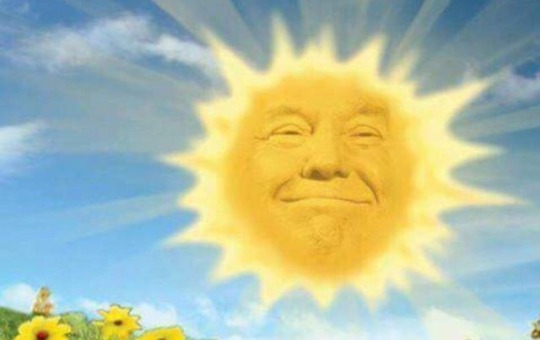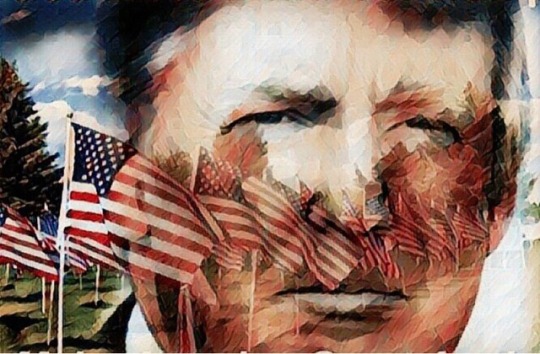Photo


On June 14, 2017, acting Attorney General Jeff Sessions testified to the Senate Intelligence Committee. This artwork was posted on Twitter in response to his testimony.
0 notes
Text
Gaining legitimacy is a key ingredient for a new regime to maintain power and one effective tool is to use existing religious and historical rituals and iconography.
0 notes
Photo



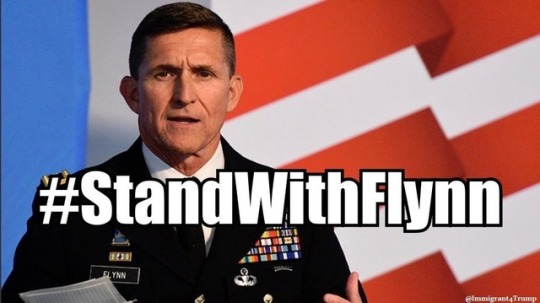
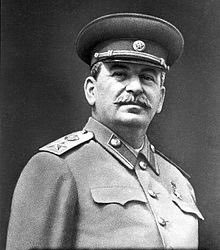
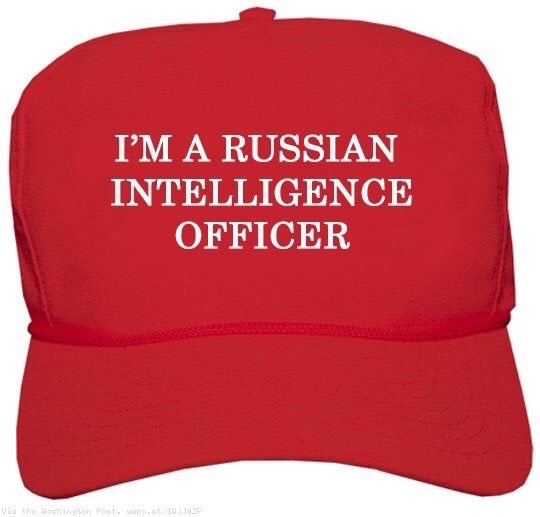
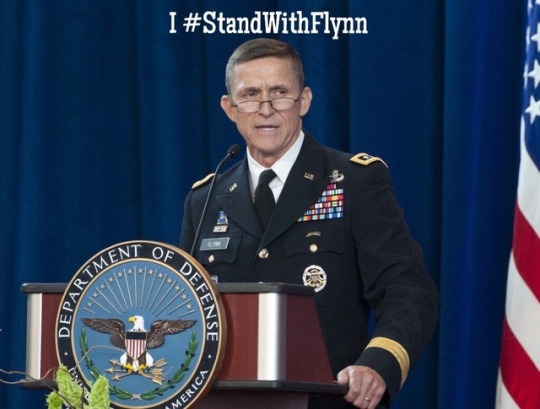
Flynn & Populism Despite evidence and proof that General Flynn was compromised by the Russians, many Trump supporters continued to support him, creating memes & propaganda art with the #Standwithflynn hashtag. This populist support of Trump & Flynn despite the mounting evidence of their ties to Russia reveal an undercurrent of populism: white supremacy & Islamophobia. Populists & their propaganda show that for them, Putin & Russia are not an enemy of the West but rather allies in the war against "a Muslim invasion" and the eradication of white culture and its supremacy.
#populism#populistpropaganda#propaganda art#social media warfare#russia#putin#russiagate#academic blogging#research blog
0 notes
Photo
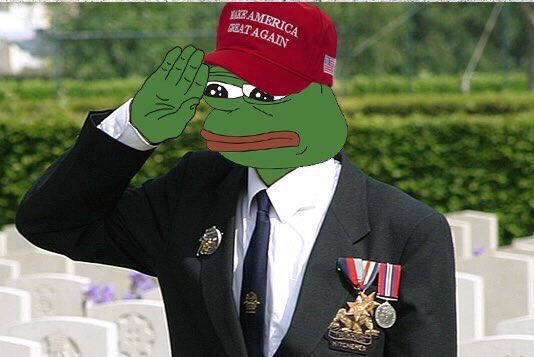
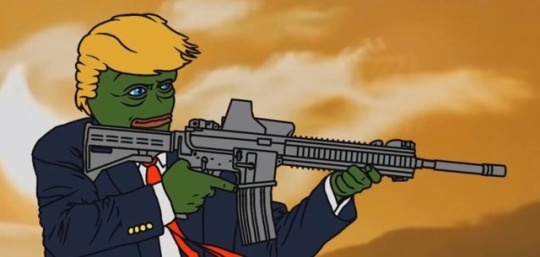



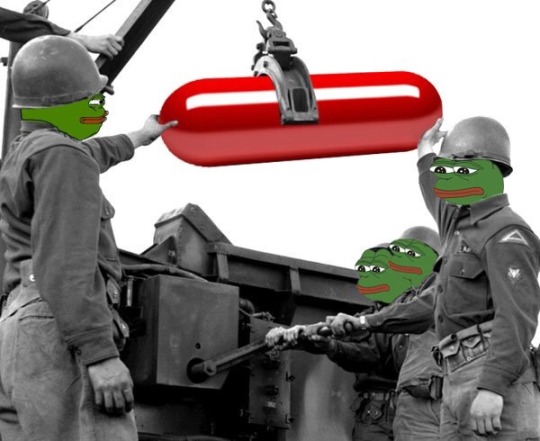


Militarization of Pepe the Frog & Kekistan When the figure of Pepe the frog transformed into a hate symbol, it also became known as "Kek" also drawing from the Egyptian frog deity of doom. "Kekistan" refers to the subculture of Kek meme producers who are antiestablishment, anti-Semitic, Neo-nazi, white supremest, and anti-feminist. This selection of Pepe images reused historic Nazi imagery and Trump iconography such as the MAGA hat & his hair.
#trumpamerica#propaganda art#populism#populistpropaganda#propaganda#kek#kekistan#maga#research blog#academic blogging
40 notes
·
View notes
Photo




Trump's Wall These propaganda images frequently combine the Great Wall of China with images of Trump.
#propaganda#propaganda art#populism#populistpropaganda#populist#trumpamerica#trump wall#research blog
0 notes
Photo

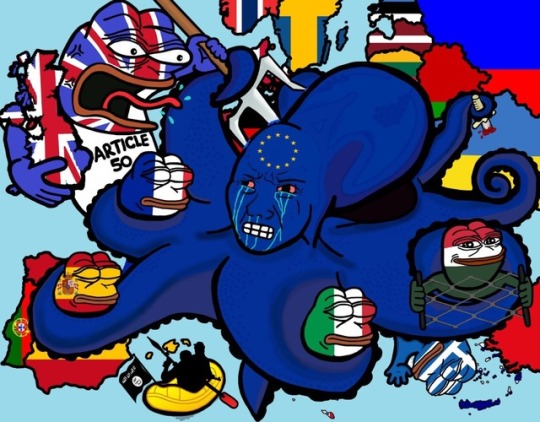
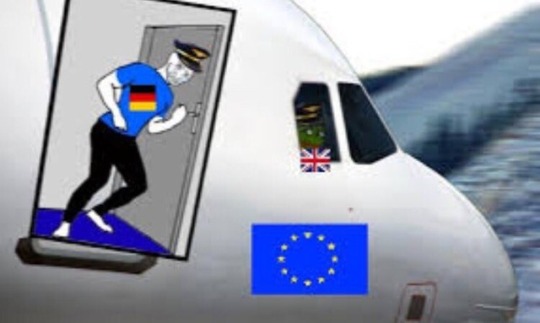
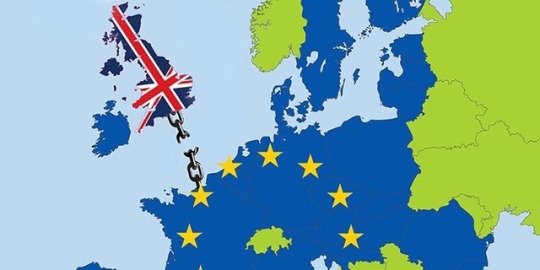
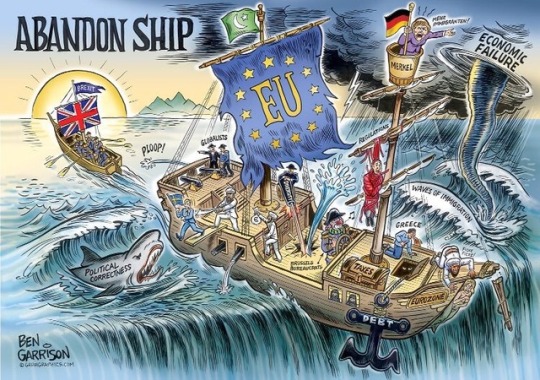
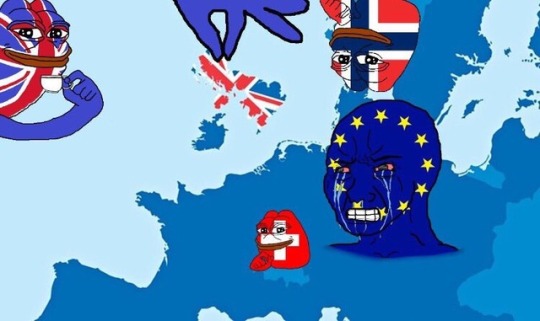

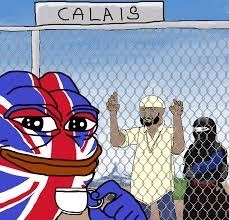
Populist Art for Brexit Article 50
0 notes
Photo
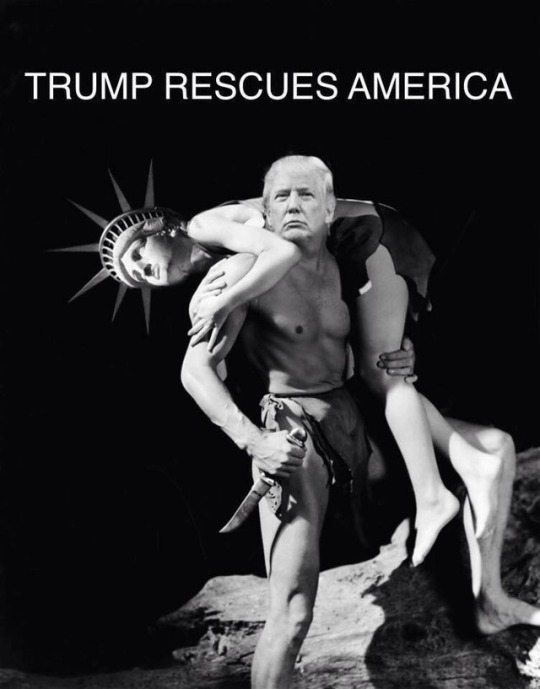
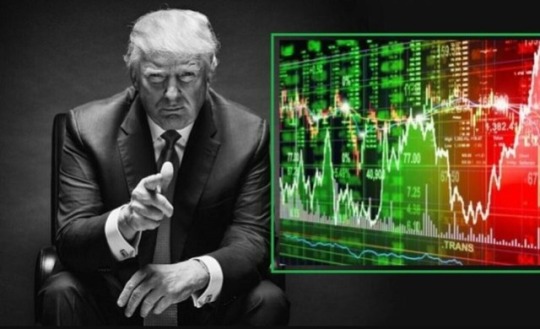

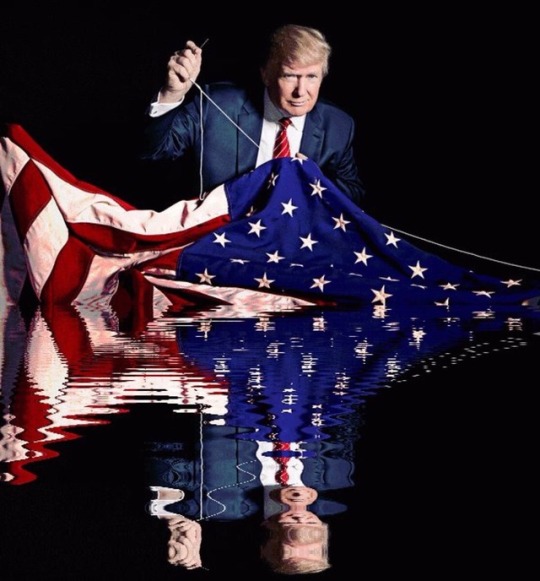

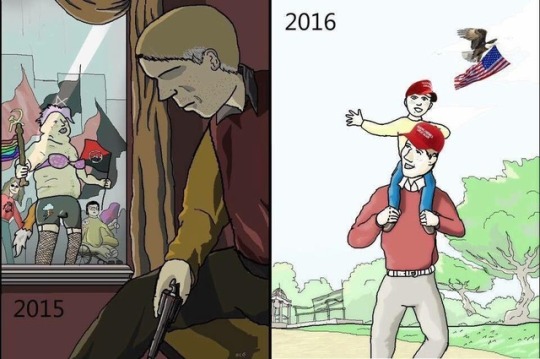
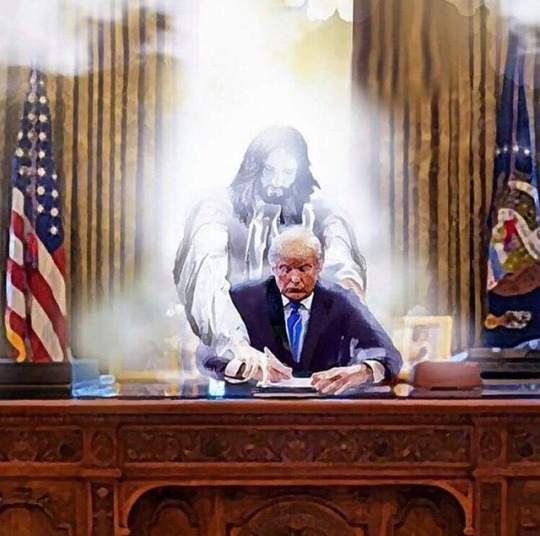

Trump as Savior of America Another theme in populist propaganda are images which depict Trump as a savior of American culture and values. These images combine Trump's likeness with other motifs commonly synonymous with bravery and "American-ness" such as the flag, bald eagles, the Statue of Liberty, Christianity and other pop or Western culture references.
#trumpamerica#trump#maga#meme war#memebot#populistpropaganda#populism#populist#propaganda art#academic blogging
0 notes
Photo

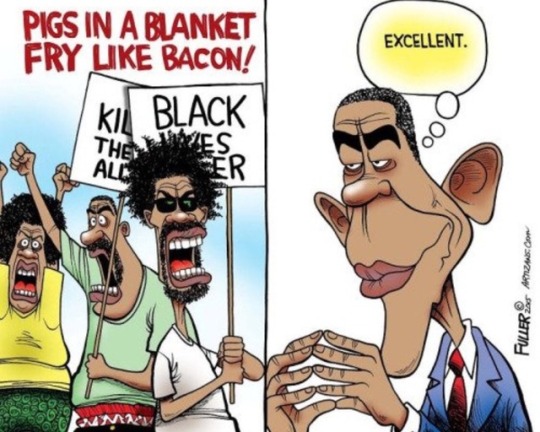

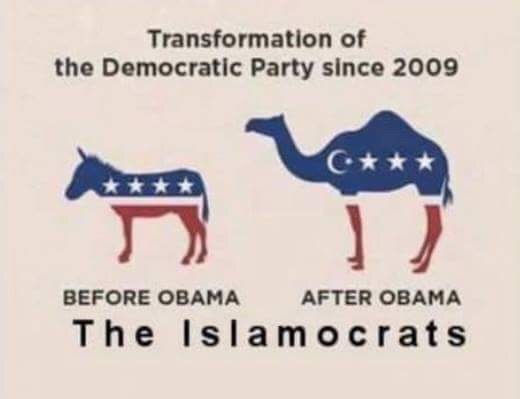
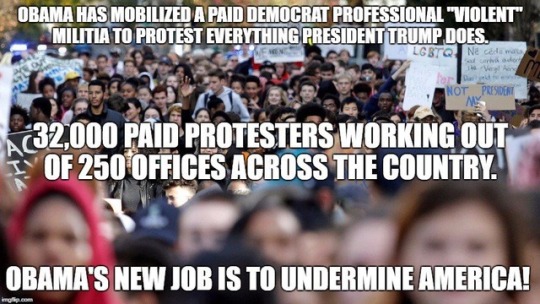
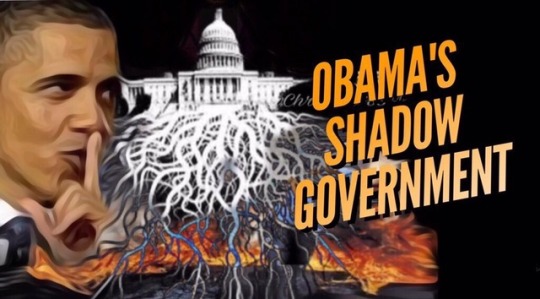
Obama as Muslim & his Shadow Government: A common theme in populist propaganda is Obama as a Muslim who is secretly plotting and enabling a Muslim invasion with the help of his post-presidency "Shadow Government."
#Obama#shadow government#populistpropaganda#populism#populist#memebot#meme war#social media warfare#trumpamerica#alternative facts
0 notes
Text
Populist Propaganda Mission Statement
This project was conceptualized to share grassroots or bot produced internet propaganda developed as a reaction to the rise of populism in 21st century Western digital culture, examining the production, spread and themes as a cultural phenomenon of particular significance after Russia’s success in influencing the American masses in the 2016 US Presidential election.
The Russian state embarked its long history of propaganda production into the digital era by utilizing the ability to reach and sway masses of people via the internet. The Russian state has developed and sponsored bots which spread fake news content in enormous quantities, often achieving viral status and influencing large quantities of the public. For the purpose of this project, I am concerned primarily with propaganda aimed at affecting the American and Western Europe population.
This collection features propaganda art, memes and alt-cartoons gathered from the internet, particularly social media outlets like Twitter and Reddit. Production and origin details of the featured propaganda images in this collection are often unknown, but they are certainly produced and spread by both grassroots activists and sponsored bots.
This blog does not seek to legitimize its message or values, but rather to look at them collectively as a cultural product.
About the author:
Natalie Koho is a writer and creative class member who has been researching and writing about propaganda art and production since her graduate studies where she produced a thesis entitled, “Devastated Utopias or How to leave a Legacy: Communist Art & Personality Cults in 20th Century Russia, China and Cambodia.” She has a B.A. in Art History from the University of Tennessee in Knoxville and a M.A. in History from the University of Memphis. She currently resides in New York City.
#populism#propaganda#populistpropaganda#populist#trumpamerica#propaganda art#memebot#fake news#new blog#mission statement#research blog#academic blogging
0 notes
